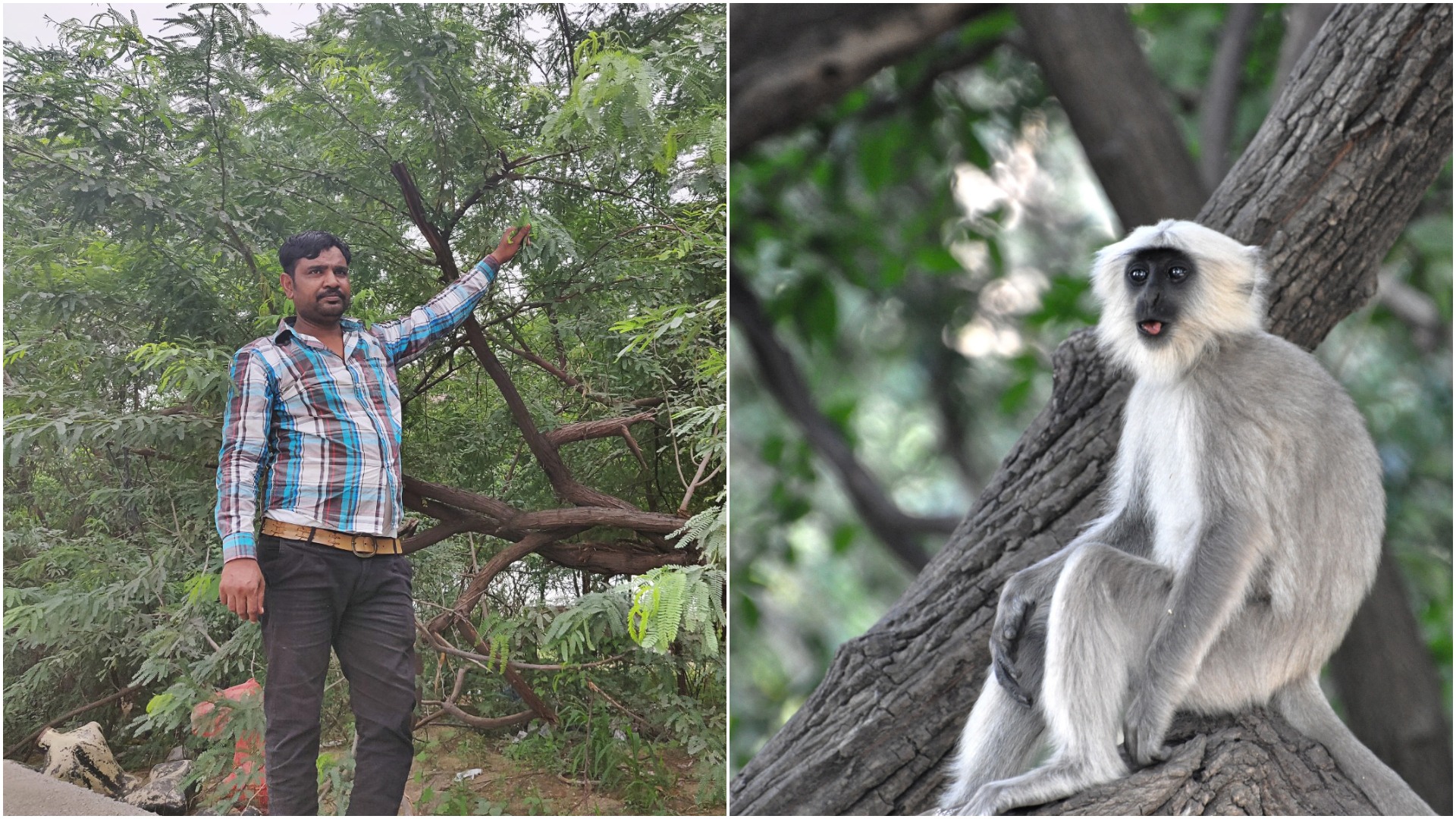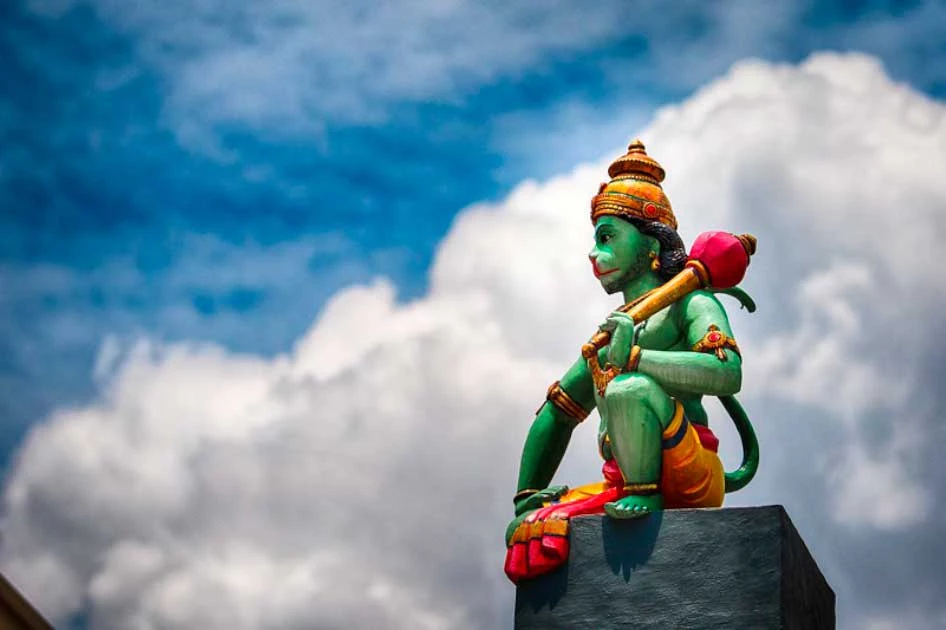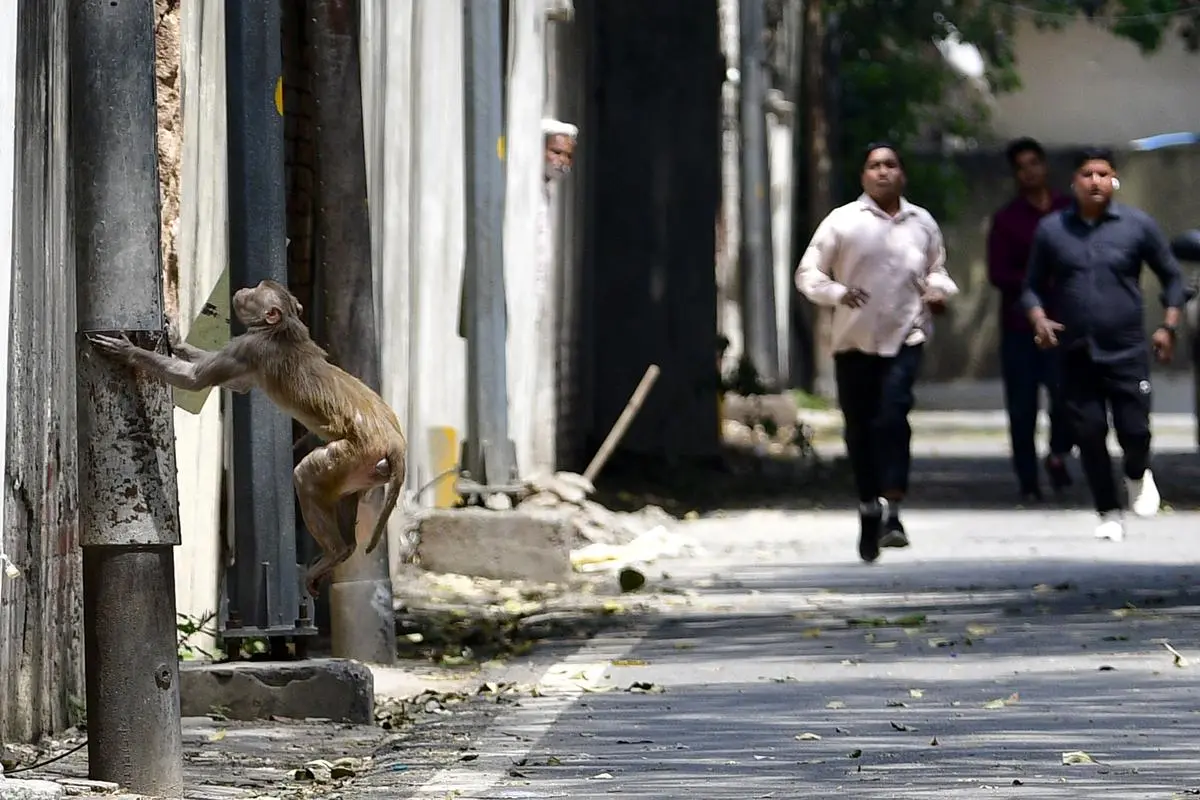The place to Witness the Monkey Man: A Information to Primate Encounters Throughout India
Associated Articles: The place to Witness the Monkey Man: A Information to Primate Encounters Throughout India
Introduction
With nice pleasure, we’ll discover the intriguing subject associated to The place to Witness the Monkey Man: A Information to Primate Encounters Throughout India. Let’s weave fascinating info and supply contemporary views to the readers.
Desk of Content material
The place to Witness the Monkey Man: A Information to Primate Encounters Throughout India

India, a land of vibrant variety, boasts a wealthy tapestry of wildlife, and amongst its most fascinating inhabitants are its monkeys. From the agile langurs swinging by way of historic ruins to the mischievous rhesus macaques scampering by way of bustling metropolis streets, these primates are an integral a part of the Indian panorama. Nonetheless, the time period "Monkey Man" usually evokes a particular picture: a big, highly effective, usually elusive primate, typically related to folklore and legend, and typically with real-life sightings of unusually giant or aggressive monkeys. This text delves into the place you would possibly encounter monkeys in India, specializing in areas recognized for important primate populations and providing recommendation on accountable wildlife viewing.
Understanding the "Monkey Man" Phenomenon:
Earlier than we discover areas, it is essential to make clear the "Monkey Man" idea. There is not any single, scientifically acknowledged species known as "Monkey Man." The time period often refers to:
- Massive, unusually aggressive monkeys: Studies of unusually giant or aggressive monkey behaviour usually gas "Monkey Man" sightings. These cases would possibly contain particular person monkeys exhibiting territorial behaviour, or teams exhibiting uncommon boldness as a consequence of habituation to people or meals sources.
- Folklore and legend: Many Indian cultures have wealthy folklore that includes highly effective, typically human-like, monkey figures. These tales usually mix actuality and fantasy, contributing to the mystique surrounding "Monkey Man" sightings.
- Misidentification: Some "Monkey Man" sightings would possibly merely be misidentifications of current monkey species, exaggerated by worry or pleasure.
The place to See Monkeys in India: A Regional Information:
India’s various habitats help a variety of monkey species. When you will not discover a creature particularly named "Monkey Man," these areas supply glorious alternatives to look at numerous monkey species of their pure surroundings:
1. Northern India:
-
Rhesus Macaques (Macaca mulatta): These ubiquitous monkeys are discovered all through northern India, together with main cities like Delhi, Agra, and Jaipur. Whereas they’re frequent, observing them of their pure habitat – such because the Aravalli hills close to Delhi or the forests surrounding Agra – supplies a extra enriching expertise. Be cautious, as they are often daring and opportunistic, particularly in city areas.
-
Langurs (Semnopithecus spp.): Varied species of langurs, recognized for his or her sleek actions and lengthy tails, inhabit northern India. Nationwide parks like Ranthambore (recognized for its tigers but in addition dwelling to langurs) and Sariska supply possibilities to look at them of their pure surroundings. These parks require accountable viewing practices to keep away from disturbing the animals.
-
Himalayan areas: Increased altitudes within the Himalayas are dwelling to distinctive monkey species just like the Tibetan macaque (Macaca thibetana), usually discovered close to scorching springs. Trekking in these areas provides unimaginable alternatives for wildlife viewing, however requires cautious planning and adherence to accountable tourism tips.
2. Central India:
-
Bandhavgarh Nationwide Park (Madhya Pradesh): Whereas well-known for its tigers, Bandhavgarh additionally has a wholesome inhabitants of assorted monkey species, together with langurs. Jeep safaris present glorious alternatives for wildlife viewing on this park.
-
Kanha Nationwide Park (Madhya Pradesh): Just like Bandhavgarh, Kanha provides an opportunity to see monkeys alongside different wildlife. The varied habitats throughout the park help a wide range of primate species.
3. Southern India:
-
Nilgiri Hills (Tamil Nadu, Kerala, Karnataka): The Nilgiri Hills are dwelling to the lion-tailed macaque (Macaca silenus), an endangered species with distinctive options. Accountable wildlife excursions specializing in this area present alternatives to look at these primates, however it’s essential to help moral tourism operators who prioritize conservation.
-
Western Ghats: This biodiversity hotspot helps a spread of monkey species, together with the bonnet macaque (Macaca radiata). A number of nationwide parks and wildlife sanctuaries throughout the Western Ghats supply glorious alternatives for wildlife viewing, however require permits and adherence to park rules.
4. Japanese India:
-
Kaziranga Nationwide Park (Assam): Whereas primarily recognized for its one-horned rhinoceroses, Kaziranga additionally helps a inhabitants of rhesus macaques and different primate species.
-
Sundarbans (West Bengal): This huge mangrove forest is dwelling to varied wildlife, together with rhesus macaques. Boat safaris supply a novel perspective on the area’s biodiversity.
Accountable Wildlife Viewing:
No matter the place you select to look at monkeys in India, accountable wildlife viewing is paramount. This contains:
-
Sustaining a secure distance: Keep away from getting too near monkeys, as this may be harmful for each you and the animals. Respect their house and keep away from any actions that may provoke them.
-
Not feeding monkeys: Feeding monkeys can result in habituation and aggression. It disrupts their pure foraging behaviour and may make them reliant on people for meals.
-
Respecting their habitat: Keep away from disturbing their pure surroundings. Keep on designated trails and keep away from littering.
-
Supporting moral tourism: Select tour operators who prioritize accountable wildlife viewing and conservation efforts. Keep away from operators who have interaction in practices that hurt animals or their habitats.
-
Reporting any uncommon behaviour: For those who witness any uncommon behaviour, equivalent to unusually aggressive monkeys or giant, unfamiliar primates, report it to native authorities or wildlife officers.
Conclusion:
Whereas the notion of a "Monkey Man" stays largely rooted in folklore and occasional misinterpretations, India’s various primate inhabitants provides unimaginable alternatives for wildlife fans. By selecting accountable viewing practices and respecting the animals and their surroundings, you’ll be able to have a rewarding expertise observing these fascinating creatures of their pure habitat. Keep in mind that accountable tourism is essential for the conservation of those animals and their habitats, guaranteeing future generations also can benefit from the spectacle of India’s various primate life. Bear in mind to all the time prioritize security and respect for wildlife when planning your journey. Researching particular areas and acquiring vital permits earlier than your go to is crucial for a secure and enriching expertise.








Closure
Thus, we hope this text has supplied beneficial insights into The place to Witness the Monkey Man: A Information to Primate Encounters Throughout India. We hope you discover this text informative and helpful. See you in our subsequent article!